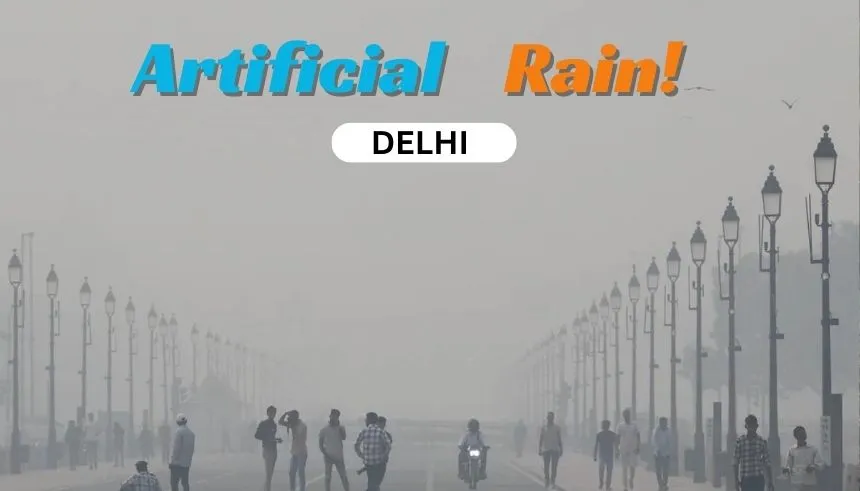
Delhi, the capital of India, continues to grapple with deteriorating air quality across the entire NCR (National Capital Region). Despite a recent spell of ordinary rainfall providing a slight improvement in air quality, the government remains deeply concerned about the persistent air pollution. The poor air quality is causing respiratory issues for many residents, with complaints of irritation in the eyes, chest, and throat.
According to data from the Central Pollution Control Board (CPCB), Delhi recorded an Air Quality Index (AQI) of 431 on November 9th, indicating severe pollution levels. The Supreme Court has reprimanded the Delhi and Punjab governments for their handling of the pollution crisis.
The AQI scale categorizes air quality from ‘Good’ (AQI 0-50) to ‘Seatisfactory’ (51-100), ‘Moderate’ (101-200), ‘Poor’ (201-300), ‘Very Poor’ (301-400), and ‘Severe’ (401-500). Delhi’s recent AQI of 431 falls into the ‘Severe’ category, reflecting the gravity of the situation.
Artificial Rain in Delhi Preparation:
In an effort to combat the pollution crisis, the Delhi government is exploring the option of artificial rain, also known as cloud seeding. Delhi Environment Minister Gopal Rai met with a team from IIT Kanpur on November 8th to discuss the feasibility of inducing artificial rain. The plan involves utilizing cloud seeding technology to stimulate rainfall and improve air quality.
What is Artificial Rain?
Artificial rain, achieved through a weather modification technique, involves altering the physical state of clouds using specific processes to make them conducive for rainfall. This entire process is known as cloud seeding. The Delhi government is preparing to implement artificial rain through cloud seeding, a method that utilizes substances like silver iodide, potassium chloride, and sodium chloride, dispersed onto clouds from aircraft or helicopters.
Cloud Seeding Technology Explained:
The term ‘cloud seeding’ is derived from ‘cloud’ (referring to clouds) and ‘seeding’ (meaning to sow seeds). Despite sounding peculiar, this process involves dispersing substances such as silver iodide, potassium chloride, and sodium chloride onto clouds. These substances cause the moisture in the clouds to condense into water droplets, eventually leading to precipitation in the form of rain. In the case of cloud seeding, these substances are released into the clouds using aircraft or helicopters.
Anticipated Timing for Artificial Rain:
Delhi’s Environment Minister, Gopal Rai, has suggested that artificial rain could be induced around November 20-21. He views this as a creative approach to address concerns related to the Air Quality Index (AQI) in the capital.
In conclusion, as Delhi grapples with severe air pollution, the government is exploring innovative solutions such as artificial rain to alleviate the crisis. The use of cloud seeding technology reflects a commitment to finding sustainable measures to improve air quality and mitigate the adverse effects of pollution on public health.
You may also like to read Guwahati= New Jamtara ?